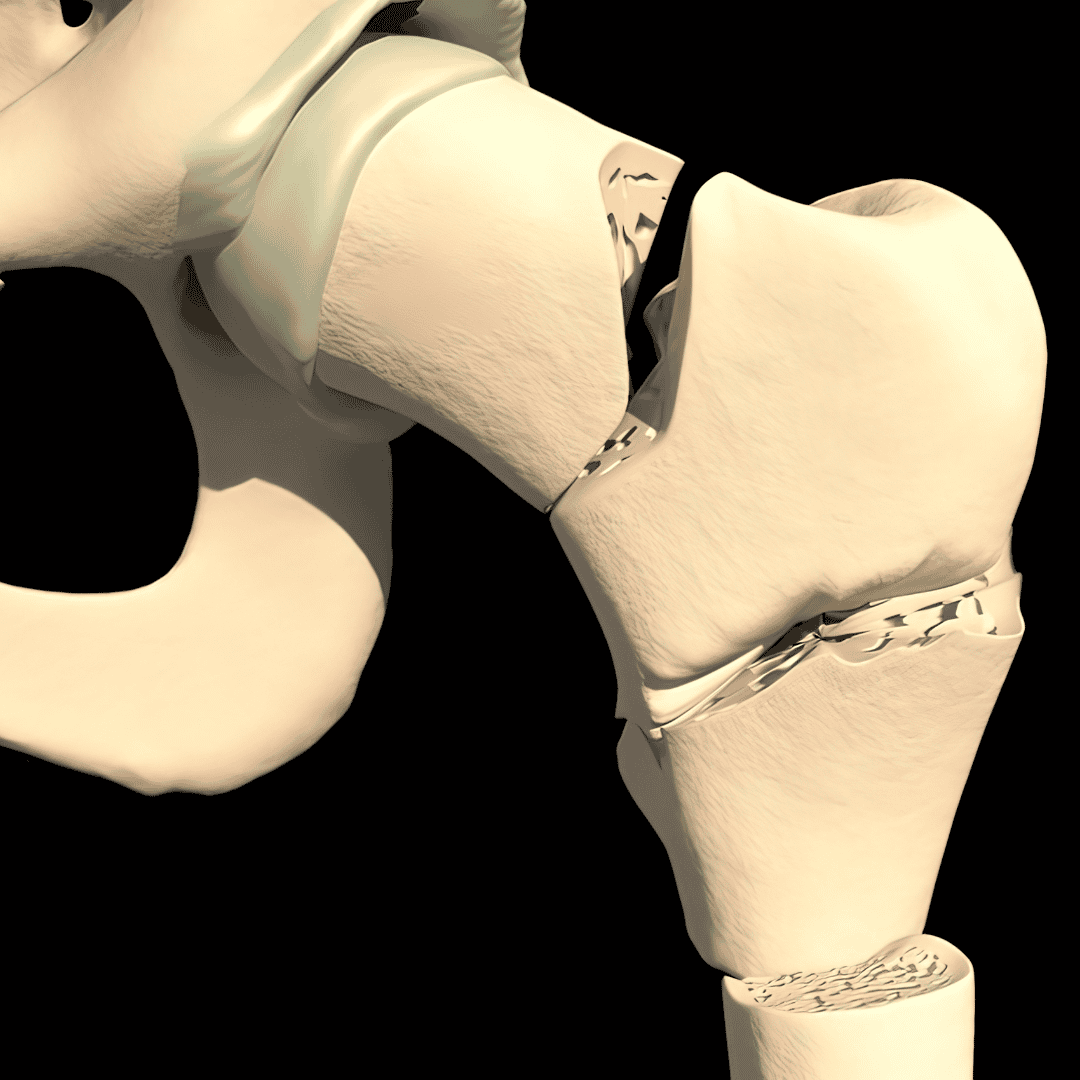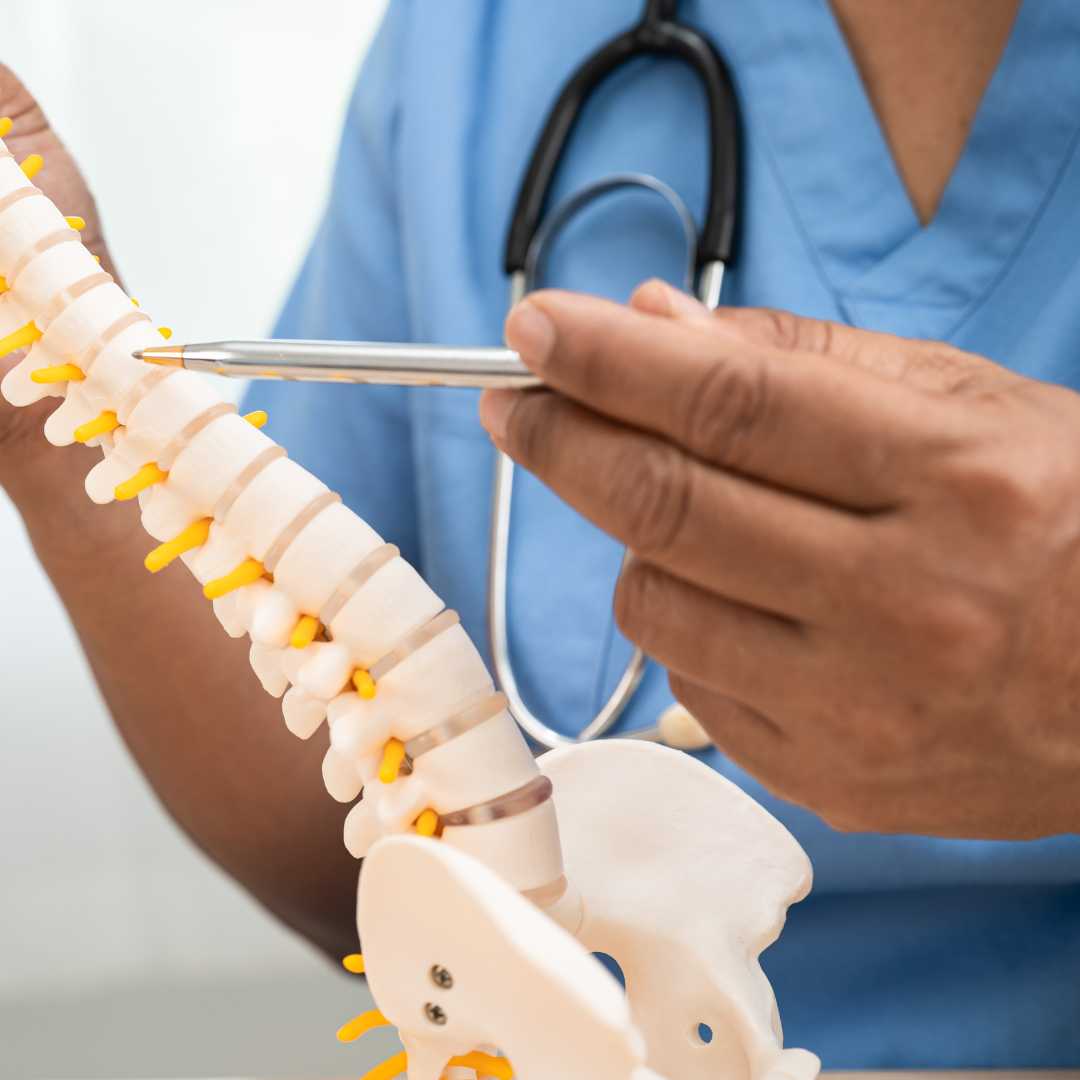Understanding Stem Cell Therapy for CTS in Mexico
.jpg)
If you've been grappling with the persistent numbness, tingling, and pain characteristic of carpal tunnel syndrome, you're likely searching for effective relief. Traditional treatments range from wrist splints and physical therapy to corticosteroid injections and, eventually, surgery.
However, a growing number of individuals are now looking into advanced regenerative options, specifically stem cell therapy, and wondering if this innovative approach, particularly in locations like Mexico, could offer a viable solution.
The idea of using stem cells to repair damaged tissues and reduce inflammation holds significant promise for conditions like carpal tunnel syndrome. In Mexico, medical facilities are increasingly offering these regenerative treatments, attracting patients from around the globe seeking alternative or complementary therapies.
But what exactly does this entail, how effective is it, and what should you consider if you are exploring stem cell therapy for carpal tunnel syndrome in Mexico? Let's delve into these questions to provide a clear understanding of this emerging treatment option.
What is Carpal Tunnel Syndrome?
Carpal tunnel syndrome (CTS) is a common condition that affects the hand and wrist. It occurs when the median nerve, which runs from your forearm into your hand, becomes compressed or squeezed at the wrist. This nerve is responsible for sensation to your thumb, index finger, middle finger, and part of the ring finger, as well as controlling some of the small muscles at the base of your thumb.
The carpal tunnel itself is a narrow passageway in your wrist, formed by bones and ligaments. When tissues within this tunnel swell, they put pressure on the median nerve. Common symptoms include numbness, tingling, weakness, and pain in the hand and fingers, often worsening at night or during repetitive hand activities. If left untreated, CTS can lead to permanent nerve damage and muscle wasting.
How Do Stem Cells Theoretically Help Carpal Tunnel Syndrome?
Stem cells possess unique regenerative properties that make them an attractive option for treating various conditions, including carpal tunnel syndrome. When injected into the affected area, these cells are believed to act in several ways. Firstly, they have powerful anti-inflammatory effects, which can help to reduce the swelling of the tissues within the carpal tunnel that are compressing the median nerve.
Secondly, stem cells can differentiate into various cell types, potentially aiding in the repair of damaged ligaments, tendons, or other soft tissues around the median nerve. They also release growth factors and cytokines that stimulate the body's natural healing processes, fostering a healthier environment within the carpal tunnel. By addressing the underlying inflammation and tissue damage, stem cell therapy aims to reduce nerve compression and improve symptoms.
What Types of Stem Cell Therapy Are Used for Carpal Tunnel?
For conditions like carpal tunnel syndrome, the focus is primarily on mesenchymal stem cells (MSCs). MSCs are multipotent stromal cells that can differentiate into a variety of cell types, including bone, cartilage, muscle, and fat cells. More importantly for CTS, they have significant immunomodulatory and anti-inflammatory properties.
These MSCs can be sourced from a few different places:
- Autologous sources: These come from the patient's own body, typically from adipose tissue (fat) or bone marrow. This eliminates the risk of immune rejection.
- Allogeneic sources: These come from donor tissue, most commonly from umbilical cord tissue or Wharton's Jelly. These are often preferred for their abundance and potency, and they are generally considered "immune privileged," meaning they are less likely to provoke an immune response.
The choice of source often depends on the clinic's protocols, the patient's condition, and regulatory considerations.
Is Stem Cell Therapy for Carpal Tunnel Approved by Major Regulatory Bodies?
It's crucial to understand the regulatory landscape surrounding stem cell therapies. In many countries, including the United States, treatments like stem cell therapy for carpal tunnel syndrome are not formally approved by regulatory agencies such as the Food and Drug Administration (FDA). This means they are not considered standard medical practice and are often offered under investigational protocols or in clinics operating outside stringent regulatory frameworks.
However, regulatory environments vary significantly between countries. Mexico has a more permissive regulatory framework for stem cell therapies compared to some other nations. This difference is a primary reason why many clinics in Mexico are able to offer these treatments, attracting patients seeking options not readily available or approved elsewhere. Patients should be aware that while accessible, these treatments may not have undergone the rigorous, large-scale clinical trials required for full regulatory approval in some Western countries.
What are the Potential Benefits of Stem Cell Therapy for CTS?
For individuals suffering from carpal tunnel syndrome, the promise of stem cell therapy lies in its potential to offer significant relief and improvement without the need for traditional surgery. The primary benefits often highlighted by clinics offering this treatment include a reduction in chronic pain and discomfort associated with nerve compression. This pain relief is often attributed to the anti-inflammatory properties of stem cells.
Beyond pain reduction, patients may experience an improvement in nerve function, leading to a decrease in numbness, tingling, and weakness in the hand and fingers. The regenerative capacity of stem cells can also promote the healing and repair of damaged soft tissues within the carpal tunnel, potentially addressing the root cause of the compression. For many, the biggest draw is the possibility of delaying or completely avoiding surgical intervention, which carries its own set of risks and recovery times.
What are the Risks and Side Effects of Stem Cell Treatment for CTS?
While stem cell therapy holds promise, it's essential to be aware of the potential risks and side effects, especially given its experimental status for conditions like carpal tunnel syndrome. As with any medical procedure involving injections, there's a risk of infection at the injection site. Other common, usually mild, side effects can include temporary pain, swelling, or bruising in the area where the cells were injected or harvested (if autologous).
More serious, though rare, risks can include allergic reactions, nerve damage, or complications arising from improper handling or processing of stem cells. In the context of unproven therapies, there are also theoretical concerns about unintended cell growth, though this is primarily linked to embryonic stem cells, not the mesenchymal stem cells typically used. It is vital to choose a reputable clinic that follows strict safety protocols to minimize these risks.
Why Do People Consider Mexico for Stem Cell Therapy for CTS?
Mexico has emerged as a prominent destination for medical tourism, particularly for regenerative treatments like stem cell therapy. Several factors contribute to its appeal for individuals seeking treatment for conditions such as carpal tunnel syndrome. A primary reason is the regulatory environment; Mexico has a more streamlined process for offering stem cell treatments that are still considered experimental or unapproved in countries with stricter regulations, such as the United States. This allows patients to access therapies that might not be available in their home countries.
Another significant draw is the cost. Stem cell therapy in Mexico is often considerably more affordable than comparable treatments in other developed nations, even when factoring in travel expenses. This cost-effectiveness makes it an attractive option for those without comprehensive insurance coverage for such innovative treatments or who are looking for more budget-friendly alternatives. Additionally, many clinics in Mexico offer modern facilities and experienced medical professionals, combining affordability with quality care.
What is the Cost of Stem Cell Therapy for Carpal Tunnel Syndrome in Mexico?
Understanding the financial aspect is crucial for anyone considering stem cell therapy in Mexico. The cost can vary significantly based on several factors. The type of stem cells used (autologous vs. allogeneic), the number of cells administered, and the specific clinic's reputation and location within Mexico all play a role in the final price.
While an exact figure is hard to pinpoint without a direct consultation, prospective patients can generally expect the cost to be substantially less than similar treatments in the U.S. or Canada. It's important to request a detailed quote from clinics, ensuring it covers all aspects of the treatment, including initial consultations, procedures, and any follow-up care. Keep in mind that these costs typically do not include travel, accommodation, or other related medical expenses.
How to Choose a Reputable Clinic for Stem Cell Treatment in Mexico?
Selecting the right clinic is perhaps the most critical step when pursuing stem cell therapy abroad. With the growing number of facilities offering these treatments, due diligence is essential. Start by researching clinics that specialize in regenerative medicine and have specific experience with orthopedic conditions or nerve-related issues like carpal tunnel syndrome. Look for clinics that employ board-certified physicians and specialists.
Key factors to consider include:
- Accreditation and Licensing: Verify if the clinic is licensed by Mexican health authorities and adheres to international medical standards.
- Transparency: A reputable clinic will be transparent about the type of stem cells used, their source, processing methods, and the exact procedure details.
- Patient Testimonials and Reviews: Seek out genuine patient experiences and reviews to gauge the clinic's reputation and patient satisfaction.
- Communication: Ensure the clinic provides clear, comprehensive information and maintains open communication throughout the inquiry and treatment process.
- Safety Protocols: Inquire about their safety measures, including infection control, cell preparation, and emergency procedures.
What Should One Expect During the Process of Seeking Stem Cell Treatment in Mexico?
The process of receiving stem cell therapy in Mexico typically begins long before you travel. It usually involves an initial remote consultation with the clinic's medical team. During this phase, you'll share your medical history, diagnostic reports (like MRI scans or nerve conduction studies for CTS), and discuss your symptoms and treatment goals. The medical team will then assess your suitability for stem cell therapy and propose a personalized treatment plan.
Upon arrival in Mexico, you'll undergo an in-person examination and further discussions. The stem cell procedure itself will then take place. If autologous cells are used, this will involve a minor procedure to harvest cells (e.g., liposuction for fat or bone marrow aspiration).
The cells are then processed in a lab to concentrate them before being precisely injected into the affected carpal tunnel area. The entire process is usually minimally invasive. After the injection, you'll receive post-treatment care instructions and potential follow-up appointments. The recovery time is typically shorter than surgical alternatives, but adherence to post-procedure guidelines is crucial for optimal results.
Considering medical options abroad can be a complex decision, but resources like PlacidWay can simplify your search. Explore PlacidWay to connect with reputable clinics in Mexico and other global destinations, finding transparent information on stem cell therapy for carpal tunnel syndrome and a wide range of other healthcare services tailored to your needs.


.png)






.png)







Share this listing